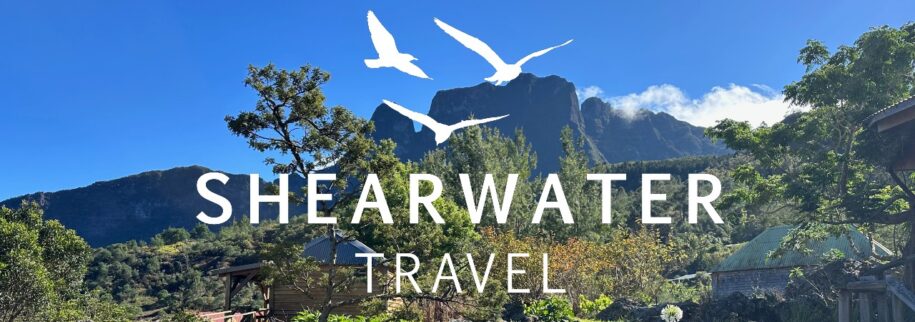In the middle of the Indian Ocean, between the islands of Mauritius and Madagascar, lies the beguiling island of Réunion. With dramatic volcanic landscapes, excellent hiking, Créole culture, sandy beaches and lovely snorkelling, it is surprising that it has so few visitors from the UK. If you fancy a holiday somewhere a little different, where the sun shines year round, the food is a mixture of French and Créole and where there are activities aplenty, then take a look at our latest bulletin, featuring this lovely island.
Réunion makes a great active addition to a beach holiday in Mauritius where you can spend a few action-packed days. It’s also a great holiday destination in its own right with a huge amount to see and do. Its vast volcanic amphitheatres (called cirques) are like a living geography lesson and make for some fantastic hiking. There is snorkelling in the coastal lagoons, deep sea fishing, sea kayaking, sumitting active volcanoes vsiting vanilla and rum plantations and flying over the island to see the imprint of the island’s volcanic history. Here are some of our favourites sights and walks.
Introducing Réunion
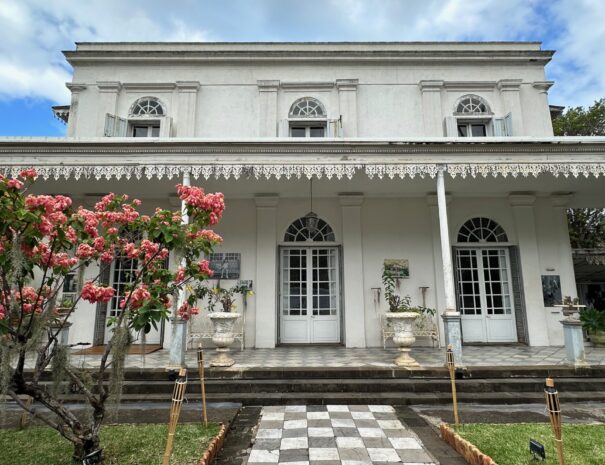
Creole architecture
Lovers of history and architecture will enjoying strolling the streets of the old quarter of the island’s capital St Denis. Rue de Paris is the best place to see these C19 Créole mansions many of which have plaques explaining their history or allow visitors to enter and see how life was lived. Hellbourg, high in the mountains, is also famous for its brightly coloured Créole houses with signature filigree laticework. You can spend a happy afternoon wandering the village and imagining life here in the days when the sugar barons built summer homes to escape the coastal heat.
Hiking in Cirque de Mafate
Hiking here is an absolute must if you enjoy walking and are reasonably fit. Entering into this cirque is like entering a secret world where no cars are allowed and your only mode of transport is your own feet. Spend a few days walking here, from hamlet to hamlet, marvelling at the views, the flora and the peaceful life the Mafate people have built for themselves. You can stay in simple gîte accommodation with families who have lived here for generations. There is a fair amount of ascent and descent, not least to get in and out of the cirque, but the landscape is so rewarding you will be glad you made the effort.
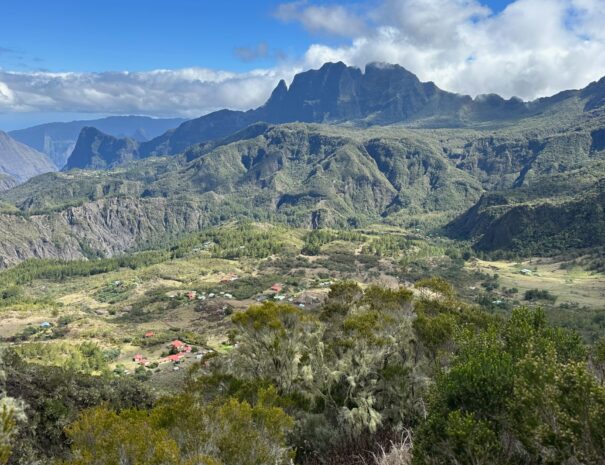
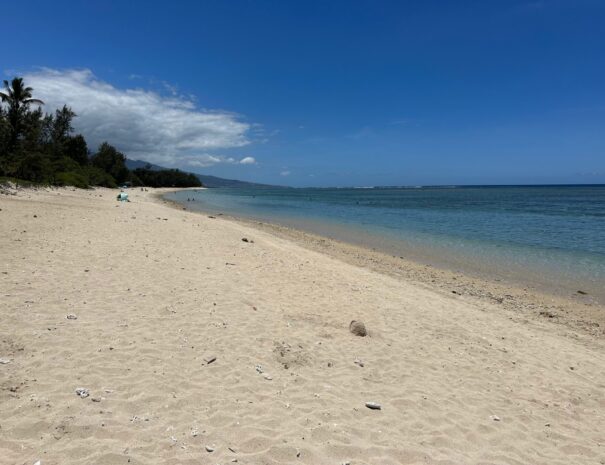
snorkelling in the lagoons
Réunion has some fabulous snorkelling in the lagoons off the north west coast. Within minutes of stepping from the white sand beach into the aquamarine water you will be able to see glorious brightly coloured fish (you almost don’t need a mask) and swimming through the lagoon you will come across an underwater garden of healthy coral. There are plenty of white sandy beaches, popular with the Réunionais at weekends when families gather together for celebrations.
Climb an active volcano
Walk up the Piton de la Fournaise, the island’s active volcano which still erupts every few years, spilling lava down to the coast and changing the size and shape of the island. This is an otherworldy landscape, how I imagine Mars might be. We recommend spending a night in the recently refurbished and architecturally stunning Gîte du Volcan and then rising with the sun to reach the perimeter of the crater before it gets too hot. Even those who don’t fancy the full walk can walk into the Plaine des Sables to see some of the smaller cones. End your day with a visit to the excellent Cité du Volcan museum to better understand how the island’s landscape was formed and the role of Piton de la Fournaise.
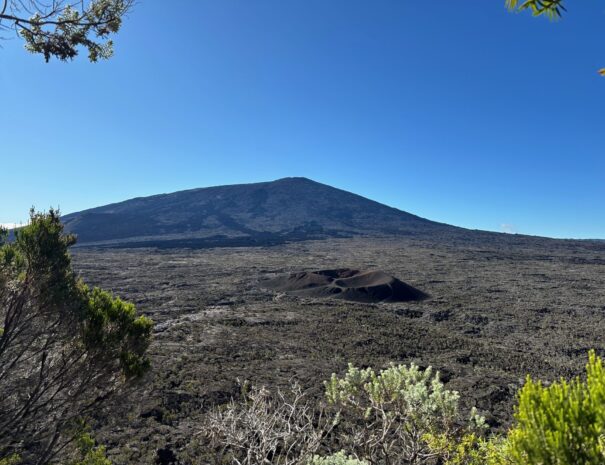
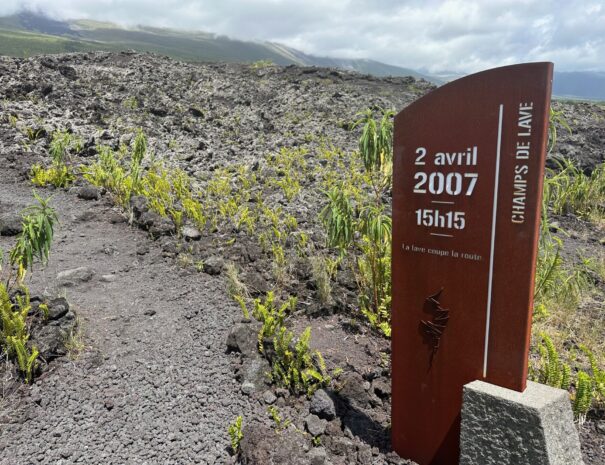
Drive the Route des Laves in the Sud Sauvage
The coastal road running around the south of the island cuts through lava fields created by the various eruptions of the Piton de la Fournaise, each one labelled with the date of the eruption. It’s a dramatic landscape and there are various points where you can stop off. These include Notre Dame des Laves, where the lava split when it reached the door of the church leaving it intact and a nearby excellent museum containing scary footage of broiling lava and the trail of destruction the volcano left behind it. If you prebook you can walk through some of the lava tunnels formed during the eruptions and on the coast itself you can see how the lava solidified when it fell into the sea.
Click here to read more about Réunion
